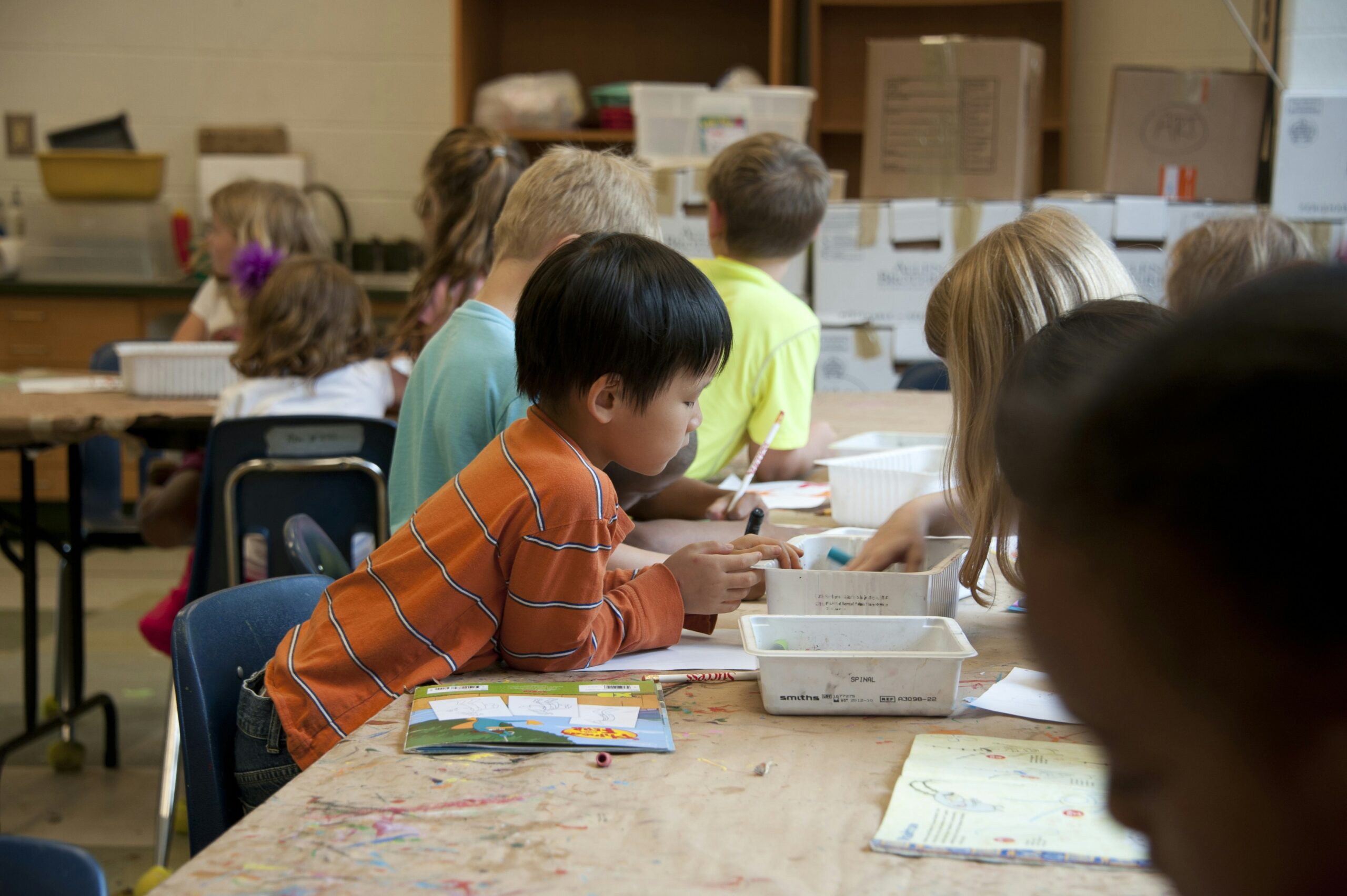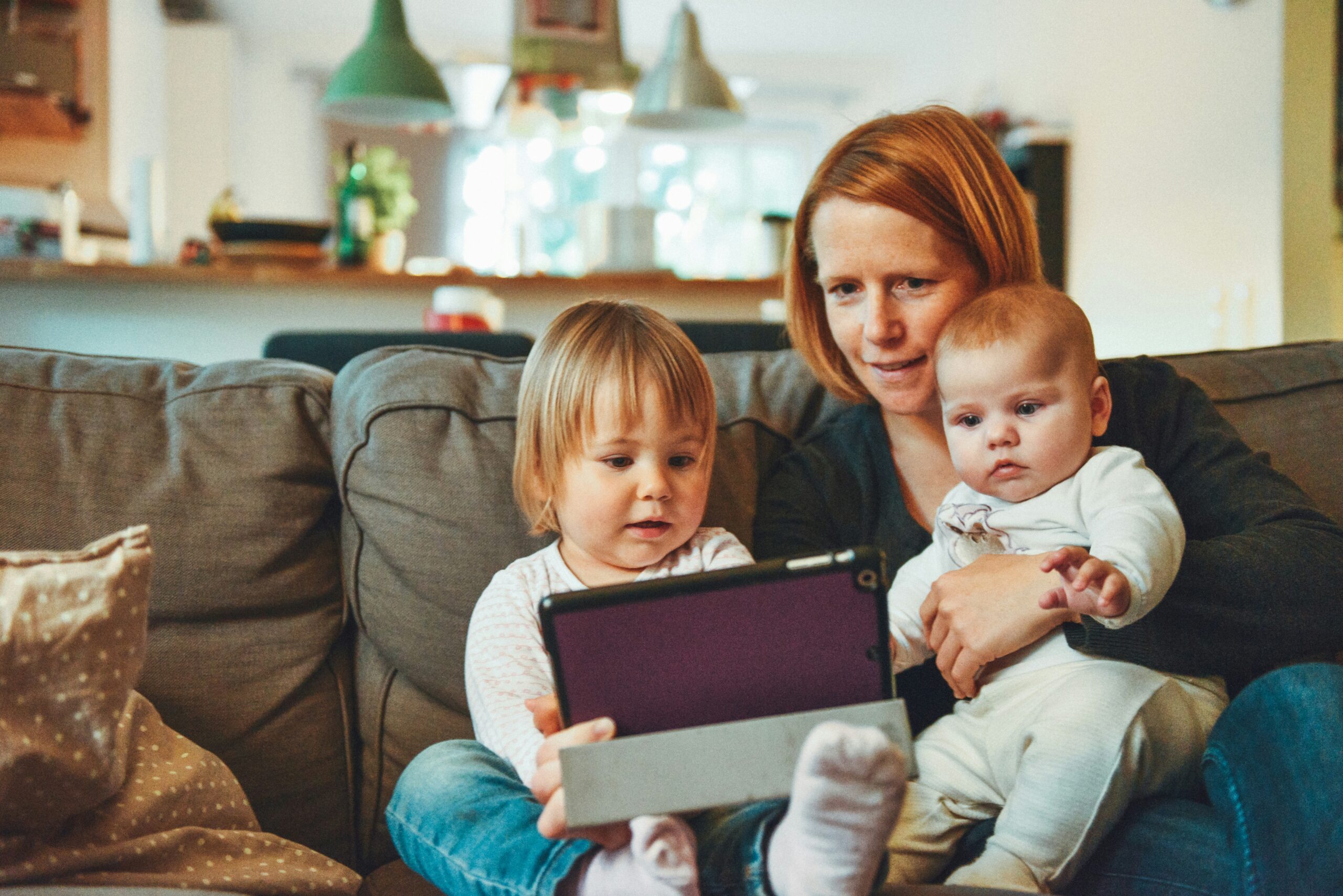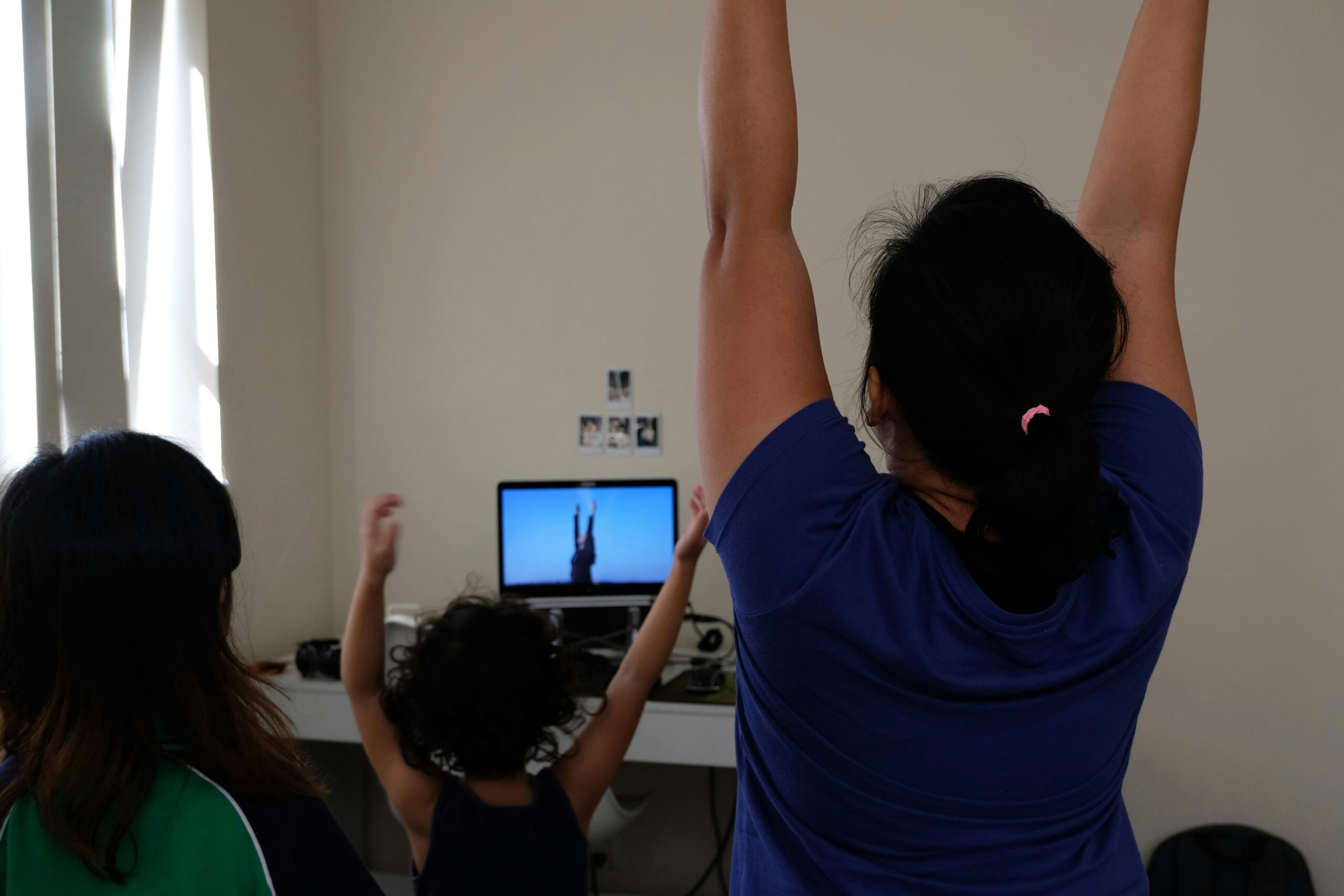In a very short space of time, digital technologies have taken over our lives. Screens have even intruded into our intimacy, disrupting family routines. This intrusion into intimate moments, such as family meals, obviously has multiple consequences, particularly on the family fabric. Let's see how this omnipresence can both enrich and hinder communication and family ties.
How can screens connect or distract within the family?
Screens have the potential to connect family members through shared experiences, such as watching a movie together or playing video games that encourage interaction. However, their excessive use can also create a divide, as they divert attention from face-to-face conversations and reduce opportunities for authentic exchanges. According to a survey by Kantar, 1/3 of French people use a screen at the table.
The omnipresence of technology in family life
The increase in technology use during mealtimes is notable, particularly since the start of the COVID-19 pandemic. Families have found refuge in digital for work, education, and entertainment, often simultaneously (Moktan & Karki, 2022) REF[^1^]. This trend is explained by the ease of access to digital devices and the need to stay connected with the outside world, whether for work, school, or leisure. This situation has even turned mealtimes into multitasking moments.
The effects of screens on family communication
Divided attention, essential for quality family communication, is undermined by the constant presence of screens, reducing verbal interactions and the ability to interpret non-verbal signals, fundamental in human relationships (Smirnova & Klopotova, 2024) REF [^2^]. Research shows that time spent in front of devices can diminish the quality of family interactions, affecting children's social development and reducing family cohesion (Korhonen, 2021) REF [^3^].
Screens as a means of connecting family members
Used wisely, connected devices can enrich family moments, through shared learning and entertainment. However, it's important to strike a balance so as not to encroach on precious direct communication time.
The risks of diverting attention from the media during family interactions
The unregulated use of screens at the dinner table can hinder meaningful exchanges. Indeed, these are necessary for strengthening family ties and building healthy, open communication within the home.
What effect do screens have on family meals?
Impact of screen use during mealtime
Technologies at the table can lead to disengaged mealtimes, where each family member is absorbed by his or her own digital world, diminishing the quality of exchanges and attention to food (Addin et al., 2021) REF[^4^]. This presence during meals limits discussion of the day's events or important topics.
The effect of technology on children's food awareness
When a child eats while watching a program or playing a game, his attention is captivated by the screen. He then neglects the food in front of him. This distraction limits his ability to explore and appreciate the sensory aspects of his meal, such as textures, aromas and flavors. What's more, eating on automatic can prevent him from recognizing his body's satiety signals. This leads to inattentive eating.
Family meals: an opportunity to strengthen bonds
Family meals are privileged moments that provide a regular structure for sharing, listening and passing on family values and traditions. They also reinforce a sense of belonging and continuity. They therefore play a fundamental role in children's emotional well-being and social development.
Strategies for reducing the use of screens at the table
It's important to establish clear family rules, such as screen-free zones at the dinner table. This encourages every member of the family to reconnect and share quality time together. Activities such as conversation games or brainstorming questions can stimulate exchanges and fuel conversations.
Testimonials and case studies
Families testify to the benefits observed after limiting the use of connected devices at the dinner table. Among other things, they have noted an improvement in communication and interpersonal relationships. "Since we instituted a 'zero screens at table' rule, our meals have become moments of laughter and sharing. The children talk about their day, and we discuss everything and anything. It's brought us closer together in a way I'd never have imagined," shares Claire Martin, mother of two.
How to manage screen use in the family?
Here are a few tips for regulating young people's screen time and encouraging family communication:
- Set consumption rules and encourage a variety of screen-free activities.
- Be a role model by limiting your own connection time.
- Share digital moments with your family to make it an interactive experience.
- Discuss digital content to show interest in their activities and open up channels of communication.
- Set aside screen-free time for family activities and daily discussions.
In conclusion
Screens have transformed family dynamics, particularly during mealtimes. Striking a balance between their use and the maintenance of rich family communications is crucial to nurturing family ties. Negative effects on children's health and growth can thus be avoided.
Disclaimer
This article is for information only and does not replace professional advice.
References
REF [^1^]. Moktan, S., & Karki, U. (2022). Rising Trend in Screen Time and Associated Autism-like Symptoms in the Digital Age of COVID-19 Pandemic. Journal of Pediatric and Adolescent Nutrition.
REF [^2^]. Smirnova, S., & Klopotova, E. (2024). Children's interaction with digital devices: an overview of research and recommendations. Journal of Modern Foreign Psychology.
REF [^3^]. Addin Kurnia Putri, M.A., Supriyadi, S., Wijaya, M., & Pujihartati, S. H. (2021). SOCIAL CAPITAL TO CONTROL GENERATION Z'S SCREEN TIME BEHAVIOR. Journal of Adolescence Studies.
REF [^4^]. Korhonen, L. (2021). The good, the bad and the ugly of children's screen time during the COVID-19 pandemic. Acta Paediatrica.









